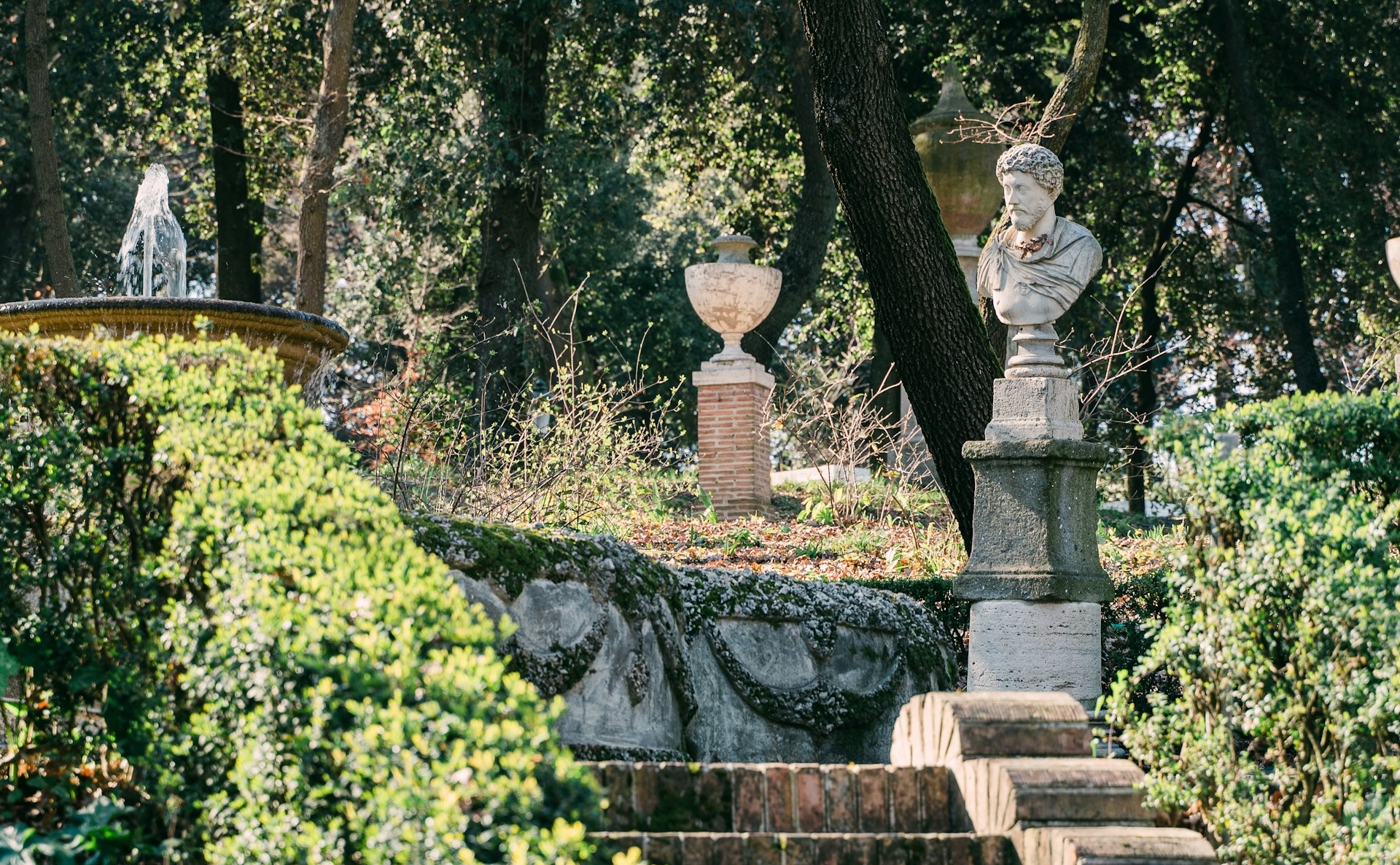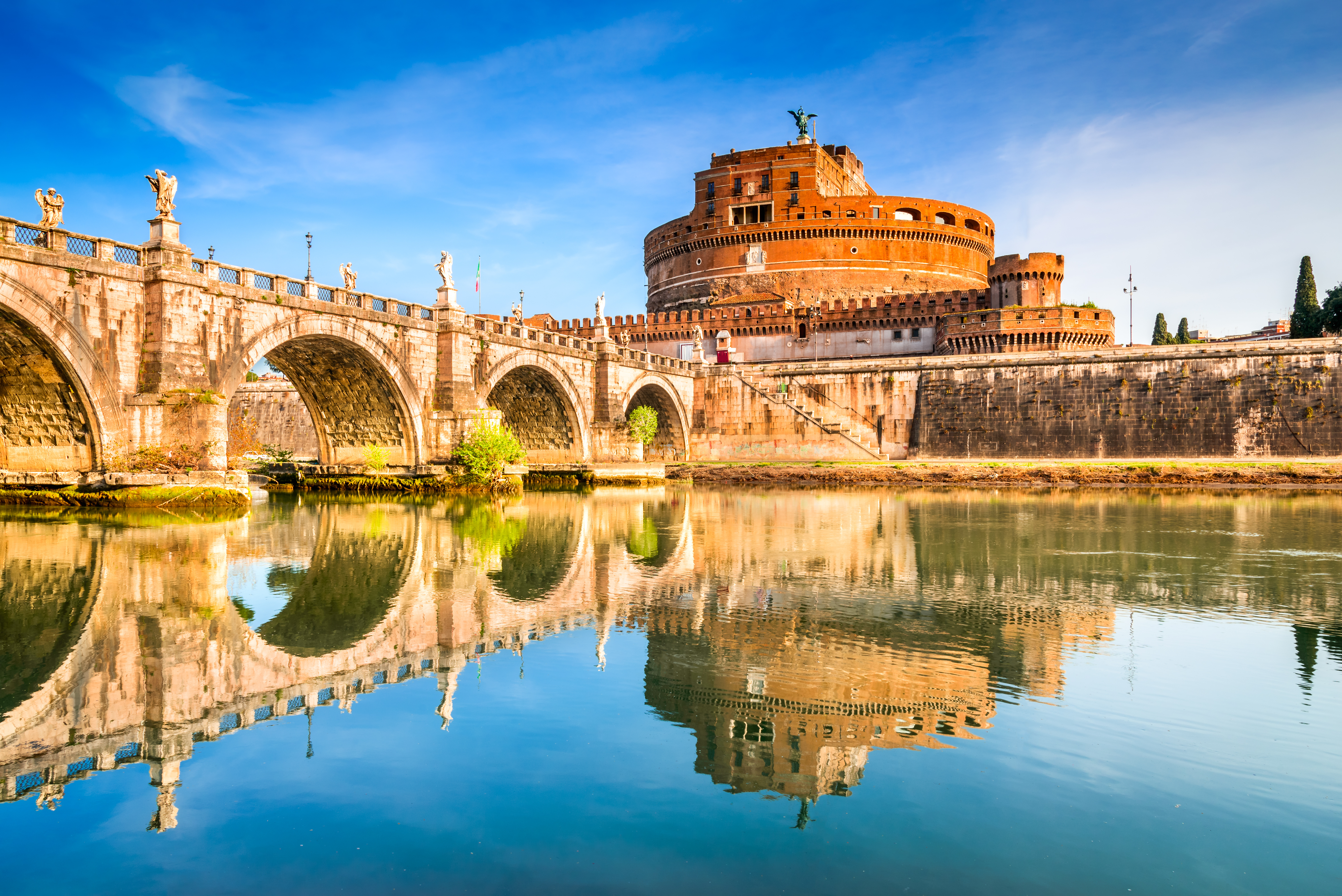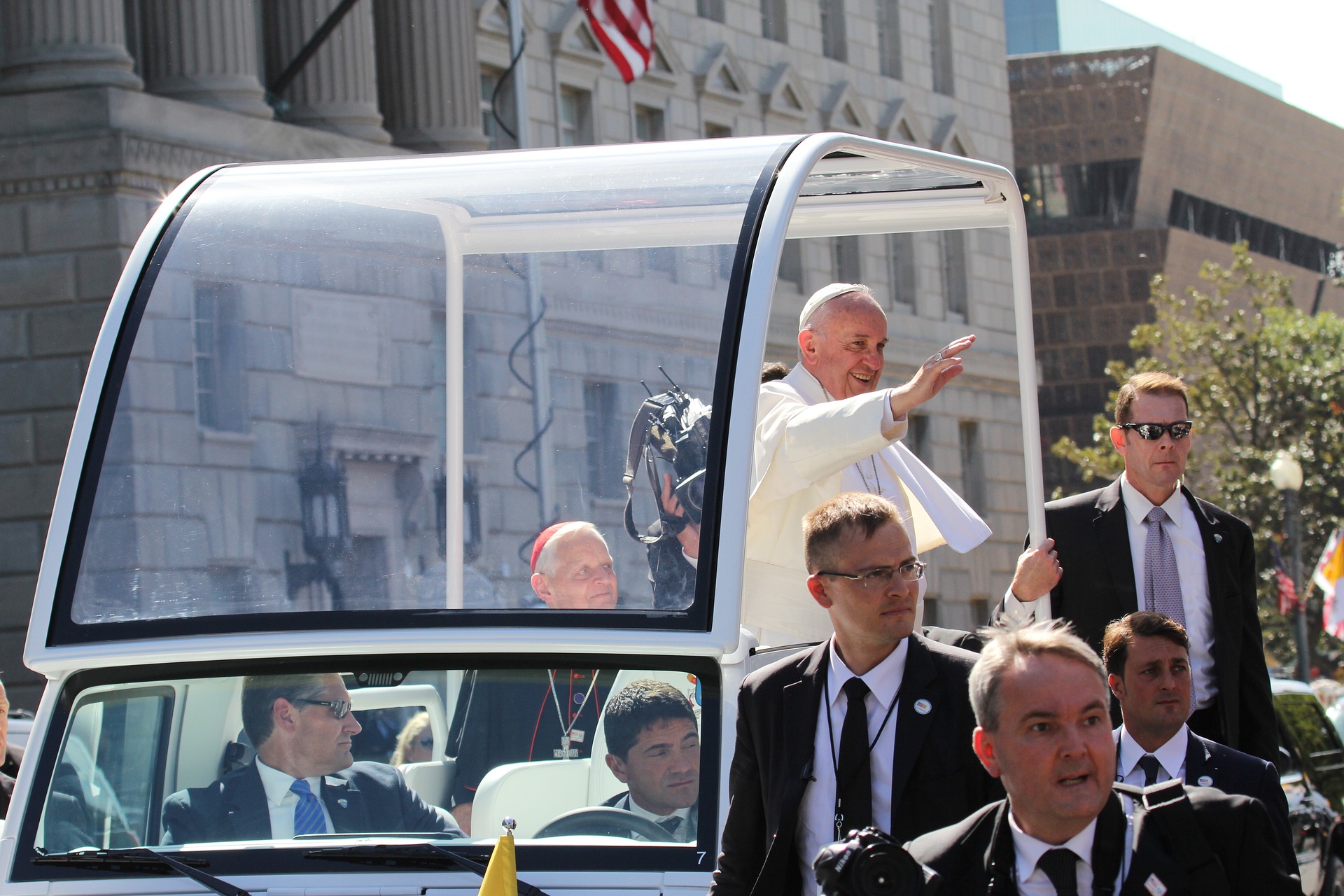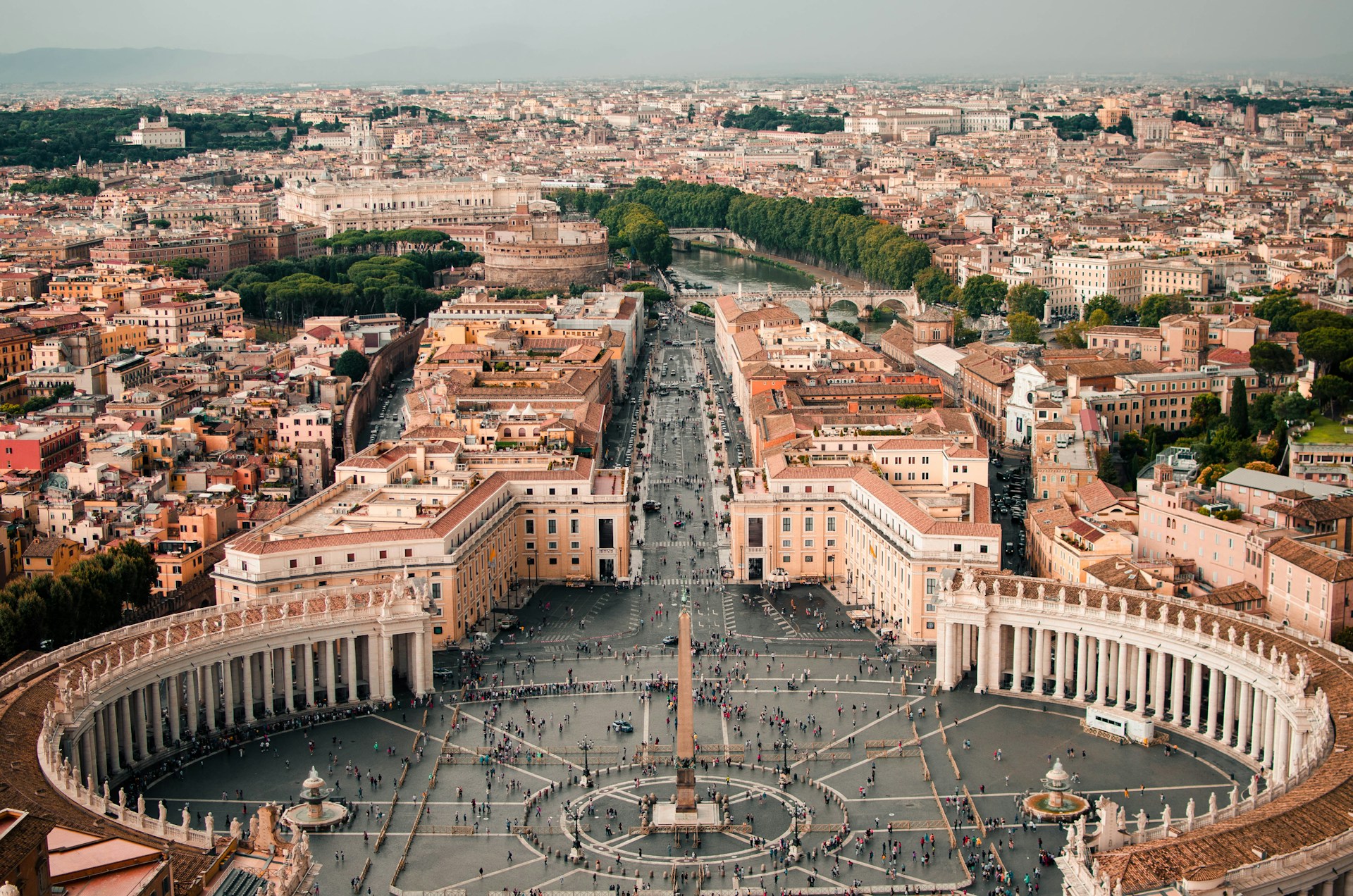
How To Visit the Vatican Gardens in Rome
The Vatican City is home to many incredible sights. St. Peter’s Basilica, the Sistine Chapel, and the Vatican Museums — all of them are ready to fascinate their visitors. Only a few people know that the Vatican hides another gem: the Vatican Gardens.
Often overlooked, the gardens are a peaceful retreat, away from the city’s hustle and bustle. In the Vatican Gardens, you’ll find yourself surrounded by lush greenery and stunning architecture.
As a Roman, I’m always surprised to see how many people don’t know about the gardens or decide to skip them. Allow me to take you on a virtual trip to the Vatican Gardens. I’ll give you all the tips you need if you decide to visit and all the information you need.
What are the Vatican Gardens?

The Vatican Gardens are the official gardens of the Vatican City. They’re a place where the pope can rest and meditate. Apart from nature, the gardens host important buildings, such as the Vatican Radio, the Governor’s Palace, and even a small heliport.
The Vatican Gardens cover an area of 57 acres. That is approximately half of the entire Vatican City. We could say that when it comes to being green, it’s hard to beat the Vatican! The gardens also contain 18 small shrines that the pope dedicated to the Virgin Mary.
In 2014, Pope Francis decided to allow the public to visit the Vatican Gardens. Only a limited number of visitors per day can enter the gardens. Such restriction is necessary to keep the integrity of the gardens. The limitation only makes the experience of seeing the gardens more special. You won’t find any crowds struggling for a selfie here!
Where to find the Vatican Gardens
The Vatican Gardens are on the western side of the Vatican City. You will find them just behind St. Peter’s Basilica. If you take a stroll on Viale Vaticano, next to the western walls, you’ll see part of the trees and plants of the gardens. I live just next to the walls of the Vatican, and I love to catch a glimpse of the Vatican Gardens when I leave my house in the morning.
To the north of the gardens, you’ll find the Vatican Museums. From the museums, you’ll be able to see part of the gardens, which is a good opportunity if you don’t have time for a proper visit.
A brief history of the Vatican Gardens

The history of the Vatican Gardens started in 1279 when Pope Nicholas III moved his official residence to Vatican Hill. Nicholas was the first to plant an orchard, a lawn, and a garden in this area.
In the 16th century, Pope Julius II ordered a general restyling. Important artists such as Donato Bramante reshaped the gardens in Renaissance style. The Renaissance influence is recognizable in the geometric shapes of the flower beds and the courtyards. This is a period of major development of the Vatican Gardens, with the construction of several buildings, statues, and fountains. Donato Bramante also designed the Belvedere and Pigna Courtyards, now part of the Vatican Museums.
In 2014, the Vatican started a project of restoration and conservation of the gardens. The aim is to preserve not only the architecture but the nature as well.
Architecture and fountains in the Vatican Gardens

The Vatican Gardens provide visitors with more than just a beautiful landscape. During your visit, you’ll have the chance to admire several impressive buildings and fountains.
One of the most remarkable buildings is the Governor’s Palace. The palace has been the seat of government of the Vatican City since 1931. In front of it, you’ll find a beautiful flowerbed, arranged to depict the Papal emblem with colorful flowers and plants.
Not far from it, you’ll see the Vatican Railway Station — the shortest international Railway route in the world. The station is now open to the public, bringing passengers to the small town of Castel Gandolfo every Saturday.
If you enjoy waterworks, you can’t miss the splendid Eagle Fountain. The fountain resembles a great cave, with dragons and tritons sprinkling water from their mouths. On the top, you’ll see a big eagle, the coat of arms of Pope Paul V who ordered the construction of the fountain.
You’ll be surprised to see such a mix of different styles and architecture in such a small area. The Vatican Gardens are proof of something Romans know very well — there seems to be an endless supply of secret, beautiful spots within the Vatican.
Topiaries and flowers in the Vatican Gardens
Plants and flowers from all over the world adorn the Vatican Gardens. The gardens are a blend of different styles and inspirations. In the Italian Garden, you’ll find pines, cypresses, palm trees, and even cedars from Lebanon. Elaborated laurel topiaries can be found around the lawns, mainly depicting geometrical shapes.
The French Garden will surprise you with colorful flower beds. Here you’ll find oleanders, jasmines, and camellias. Lastly, the English Garden will give you the feeling of being in a proper forest.
If you pay attention, you could even spot some animals in the gardens. Squirrels can be found all over, and it’s easy to see frogs in the ponds. If you look up at the sky, you may catch a glimpse of something unusual — parrots! The green parrots have become very common in Rome in the last few years, and you can often see them playing on the branches of the Vatican trees.
Tips for visiting the Vatican Gardens

Still unsure of how to enjoy the perfect visit to the Vatican Gardens? Let me use my experience as a Roman to give you all the tips you need!
- Choose the best time to visit: Roman summers can reach very high temperatures, sometimes over 100 °F. The best months to visit are October and May. Both months are very mild and the perfect choice to escape the Roman heat. If you visit in May, you’ll have the chance to see the flowers and plants in full bloom.
- Avoid rainy days: When it rains in Rome, it rains hard. Heavy rainfalls are particularly frequent in November and February. Your visit could be canceled if the weather gets rough, so check your favorite weather app in advance.
- Don’t bring dangerous objects with you: To enter the Vatican, you’ll have to pass a security check. Make sure not to bring anything dangerous or weapons of any kind. Pack light for your visit and leave unnecessary objects at home.
- Plan your visit in advance: The Vatican allows only a limited number of daily visitors. Be sure to book your visit before your trip, checking availability at least a couple of months in advance.
- See the Vatican Gardens from above: If you don’t have much time and you still want to see the gardens, I have the perfect solution for you. Climb St. Peter’s Dome and see the Vatican Gardens from up high. From the top of the dome, you’ll be able to admire the gardens from a unique perspective. It’ll save you the hassle of booking a visit in advance and you’ll be able to enjoy the gardens in a special way.
The Vatican Gardens have been a place of relaxation for the pope for centuries. Their peaceful nature will be sure to provide you with a perfect break during your trip. The beautiful fountains, plants, and topiaries will carry you away from the crowded city center to a quiet, stunning oasis.
So why not do like the pope and get lost in the beauty of the Vatican’s best-kept secret? It’s just another thing that makes Vatican City so special.


